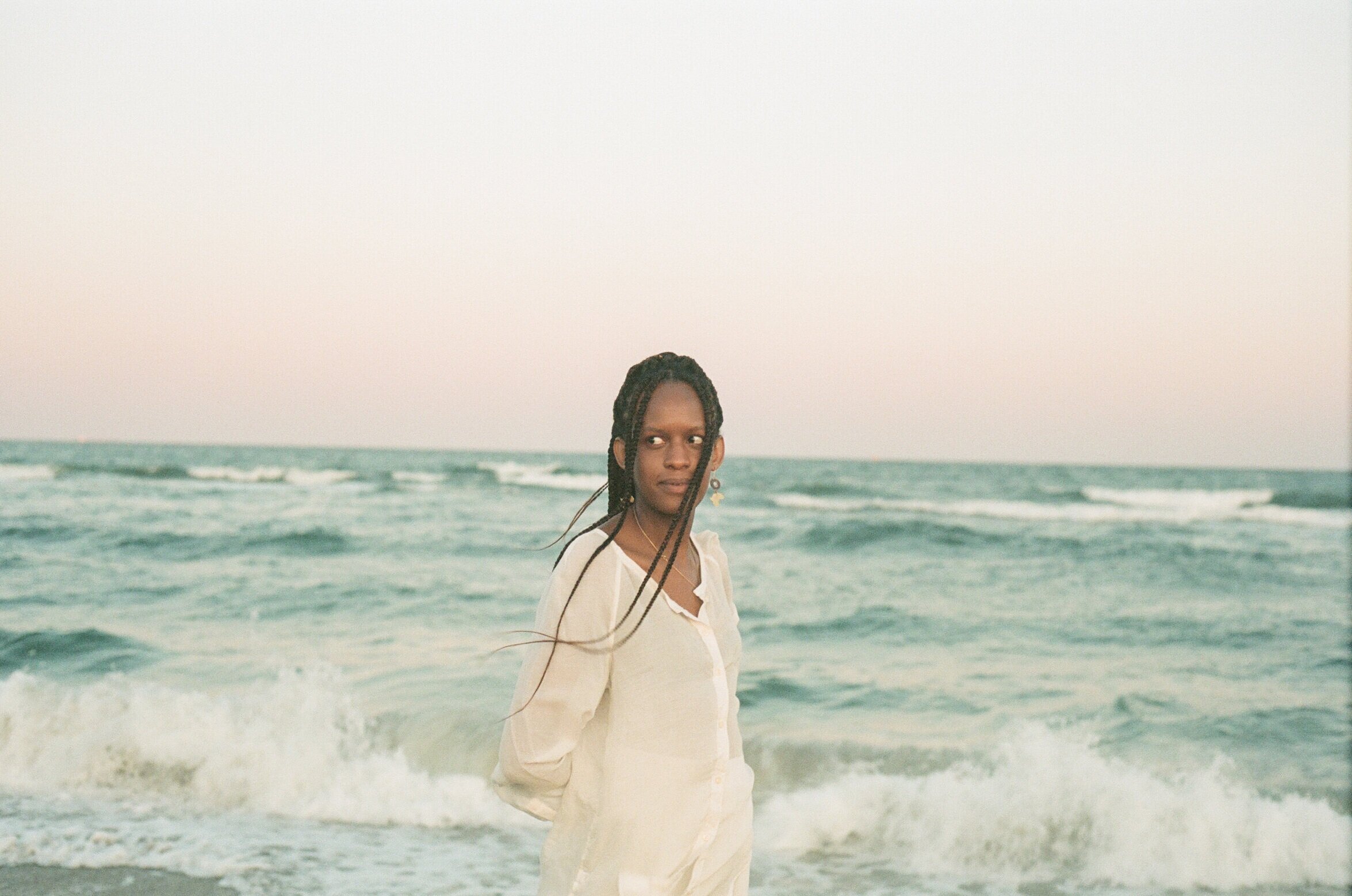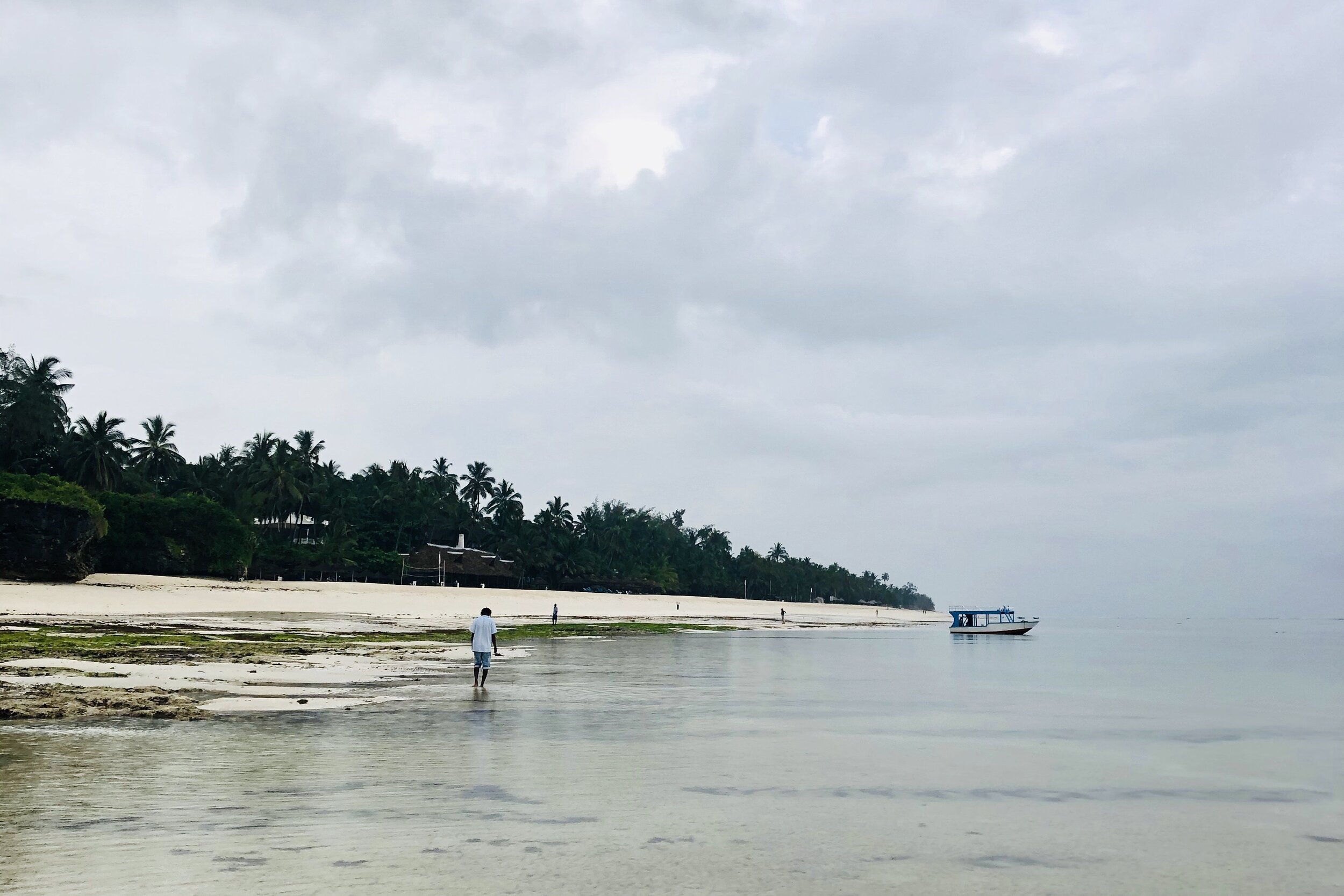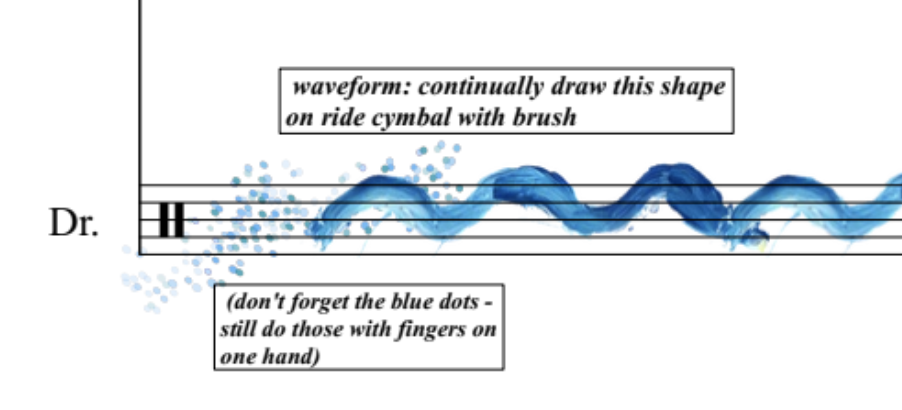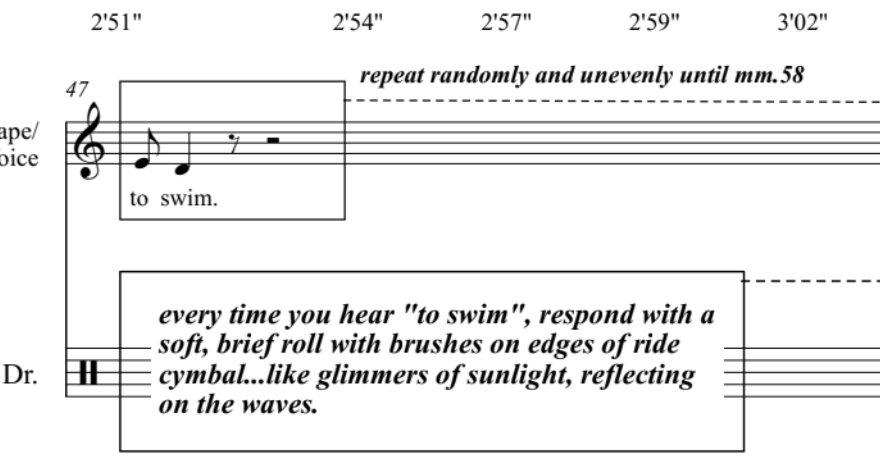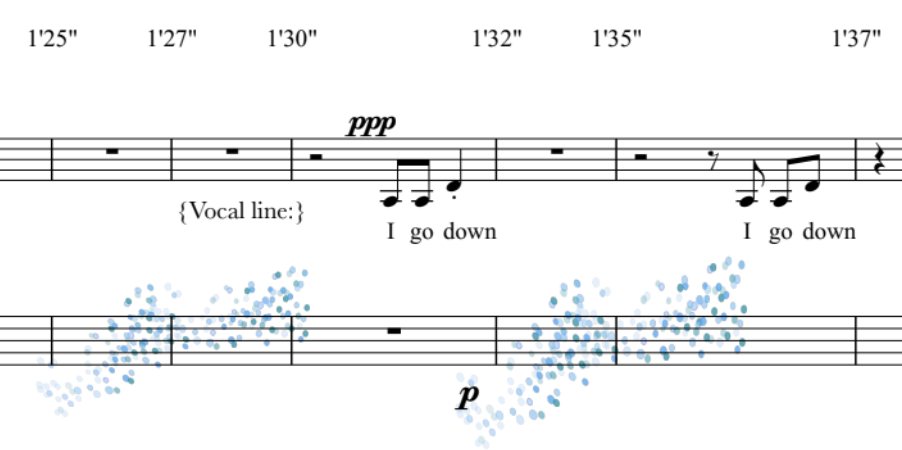‘Galu’ came out on SA Recordings’ ‘Singles Series’ about a month and a half ago, and I am very grateful for the wonderful response the track has received. With its release came the announcement that it is part of what will be my first EP: ‘peace places: kenyan memories’, which you’ll hear in early 2022!
‘Galu’, which I wrote in October 2020, is special to me as it’s what led to the conception of the whole EP. Each track in the EP was written during the pandemic, a period of time that I’ve spent far away from home, Kenya. The tracks in the EP are all rich in stories, influences, references (sometimes intentional and sometimes by chance/coincidence), and memories, and so I’m enthused by the chance to share more in-depth information about them through this little blog series on this website I’m calling ‘Notes on ___’.
This isn’t Kenya, but it’s a decent beach in New York. Taken by dear friend & amazing photographer, Gianfranco Bello.
The posts, I hope, will be a way to offer a glimpse of the journey of not only each piece, but also of the overall record: partly as a way to personally reflect on them, but also in hope to enrich the listening experience of anyone who might be curious to know the pieces more intimately.
Without further ado, here are Notes on ‘Galu’.
WHERE IT’S ABOUT
I took photo this on my last trip to the coast in December 2019, which is also when I took the recordings of water you hear in the track.
‘Galu’ is a beach on the south coast of Kenya, and as the EP’s name offers, I consider it one of my ‘peace places’ back home. I last went in December 2019, and I had my eyes closed and mind back in time to the visit when I was writing this piece almost a year on. Usually, when I’m at Coast with my family, I tend to wake up earlier than usual, walking down to sit with (or sometimes in) the ocean for a bit. In some descriptions of the track, I’ve said that the song is me “looking at crab pools and blurry figures in the horizon, and revelling in the secrecy of mornings.”
Interestingly, ‘Galu’ initially began as a concert work for tape + percussion, until a conversation with a friend encouraged me to really delve into the electronic possibilities of the music. This led me to the decision that a record, an EP, was the perfect way to realise the concept. However, because it started as a concert work, there exists a score for the music (this is not the case for the other tracks, which were created after I decided it would be an EP…
WHAT YOU HEAR (INSTRUMENTATION & SCORE)
As a composer, I was (and am still) deeply enamoured with percussion, having just written a marimba trio the month before I wrote ‘Galu’ — and even prior to that, collecting and engaging with numerous different African thumb pianos, and so on. I also had a solid collaborator in percussionist Chris O’Leary, who I’d been working with on some music just before the pandemic hit. He performs on the drums in this piece.
I am performing on kalimba and voice in the track, but to me, this is the least interesting part. What sparked me to write ‘Galu’ was the fact that I was applying to a musical opportunity and wanted to write something new for it — something that felt like a stronger reflection of my compositional language at that stage, which had undergone an evolution during the pandemic: a new curiosity about electronic music, sound art, and the incorporation of field recordings (perhaps explaining this evolution deserves a whole other blog post).
(I’ve been curious about ‘score as art’ as an experience for the person performing the piece, and am thinking about it beyond that as well…more on this soon perhaps;))
With a piece like this that is not only more concerned with f e e l i n g than precision; but also based on a specific image of a place; a graphic score proved to be the perfect way to communicate with the performer: I wanted the score to give the percussionist a glimpse of the imagery that existed in my mind. In these screenshots of the score below, you see textual descriptors, some traditional notation dictating specific notes/rhythms; but there are also paint-brush strokes detailing musical instructions (different images on the score call for different musical gestures).
The graphic notation allowed the piece to retain the expansiveness it was asking for, and I was really happy with Chris’s interpretation of it. (I’m certainly curious to see how other percussionists would interpret this score alongside the tape!).
THE WRITING PROCESS
For me, ‘Galu’ is really about chasing the very specific image & feeling of the coast in my head through musical colours and textures. What you hear in the track is what the place sound like to me: the finger taps on the cymbal are very ‘yellow’ to me, for instance, like the grainy sand on the beach.
The field recordings are the first thing that kicked off the piece. I’d taken them on my phone during the aforementioned beach visit in 2019 (all the beach pictures you see on this post were taken at the same time and place that these recordings are from). I love the sound of moving water, and the recordings are looped in the track to give this illusion that I’m wading aimlessly, endlessly.
Then, I added the kalimba and vocal parts. With the latter, it’s been interesting to talk to people about the words of the song, simply because I’m repeating the same thing over and over:
‘I go down at six-AM to swim…
…i n t h e I n d i a n O c e a n’.
There was something serene about the grey clouds & light drizzle that occured day…there was also a rainbow!
The sparseness and repetition of the lyrics challenged a few listeners of the piece, and I posit that this is because we are used to interpreting the voice in music as a ‘linguistic communicator’, per se — as something to give information, a story; some kind of hint about what the other wordless instruments want to say. To be honest, part of the sparsity came out of the fact that I improvised the vocal line in one take and was inventing the song as it unfolded in real time; but I took this approach to explore the voice as a texture in the music; as an instrument that could embody not so much a story, but rather the purity of feeling at peace.
I was interviewed on ATTN:Magazine’s ‘Crucial Listening’ Podcast, and in my conversation with host Jack Chuter, he described ‘Galu’ as having “this energy to it, almost like the dynamism of memory; the sense that a memory of somewhere fond is slowly revealing itself, branching off into other thoughts, other sentiments…It’s tangential daydreams.” I really loved this description of the song, how it reflects in some way how we experience our memories.
In addition to chasing colours and textures in this piece, dynamics/volume is something that I was very particular about — perhaps because I first envisioned as a concert work, and so that classical influence of having a piece travelling through a spectrum of dynamics, teetering between the loudest or softest possible volumes; or gradual increases and decreases etc — is present. However, the constant is that the music requires your attention throughout, as you travel to the peace of the Kenyan coast with me. :))
Fun fact: the track 'Galu' takes its name from a beach on the Kenyan coast, but Google tells me that it also means 'waves' in Samoan, which I thought was quite lovely and fitting. :)
—-
A THANK YOU TO:
All the people who helped make the track what it is. Even the small conversations that these folks might not remember really did stick with me, leading to the decisions that resulted in the final version:
Chris O’Leary, Emmanuel Undie, Will DiNola, Naila Aroni, Alev Lenz, Aspa for the gorgeous cover art (fun fact: Aspa used photos I took of Galu beach, and transformed them into the gorgeous pastel image you see!), Madeleine Flieger, Enyang Ha, Harriet & Lois at SA Recordings, the Muriras, and Dad/Mum/Ngari.
And of course, to everyone who listened & supported the record. <3
Fun fact: the track 'Galu' takes its name from a beach on the Kenyan coast, but Google tells me that it also means 'waves' in Samoan, which I thought was quite lovely and fitting. :)
What has been interesting about sharing my music is that I get to hear the perspectives and experiences of friends who have really different and diverse relationships with music, and so I’ve enjoyed having conversations with folks about what they liked or what challenged them while they listened to the work. What was your experience listening to ‘Galu’? Did reading this blog post illuminate something in the music that you hadn’t heard before? Leave a comment below!
Feel free to support Galu via Bandcamp or on SA Recordings’ Product Page, and stay tuned for more ‘Notes on ___’ as the EP unveils itself!
—-

